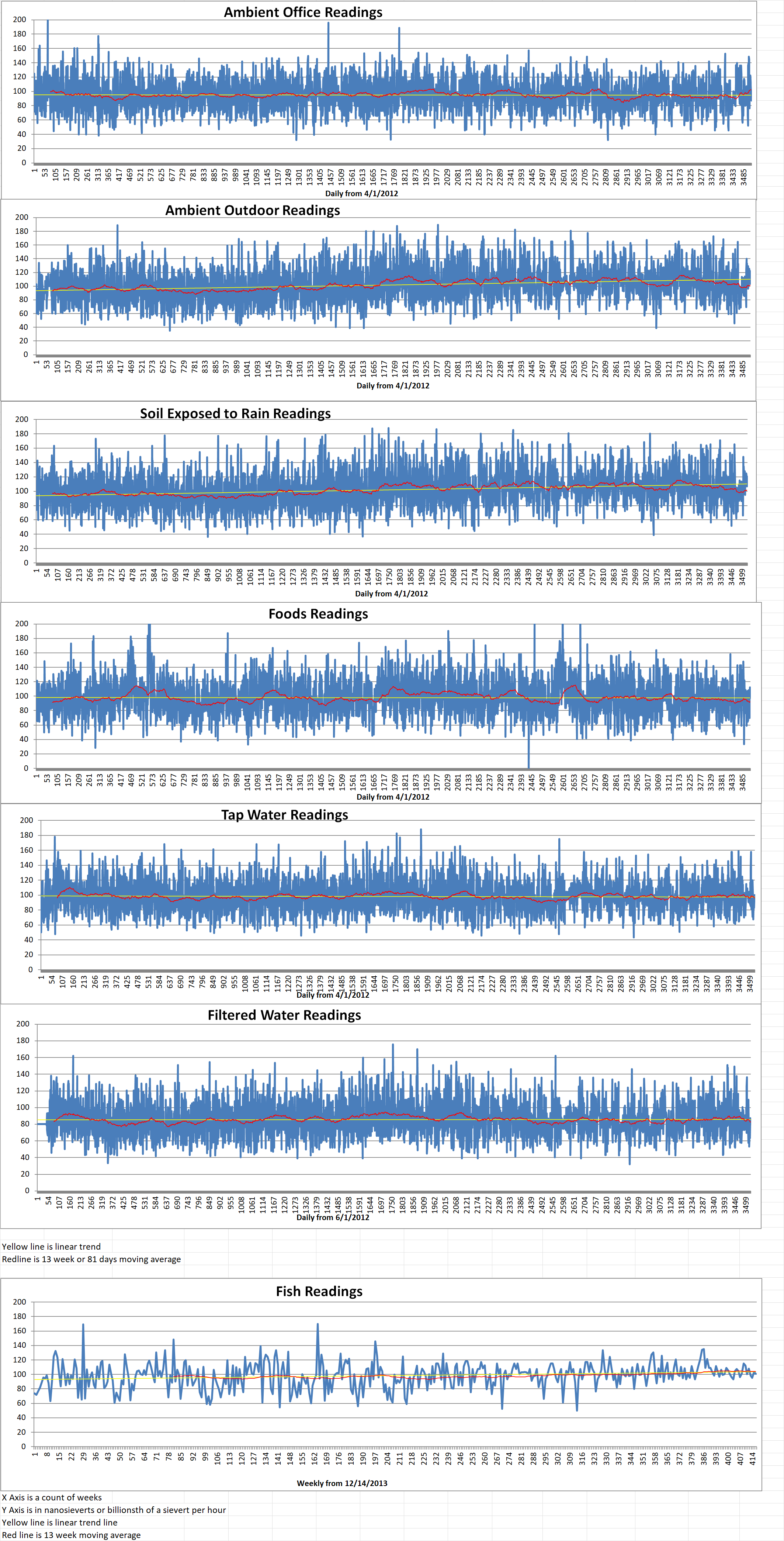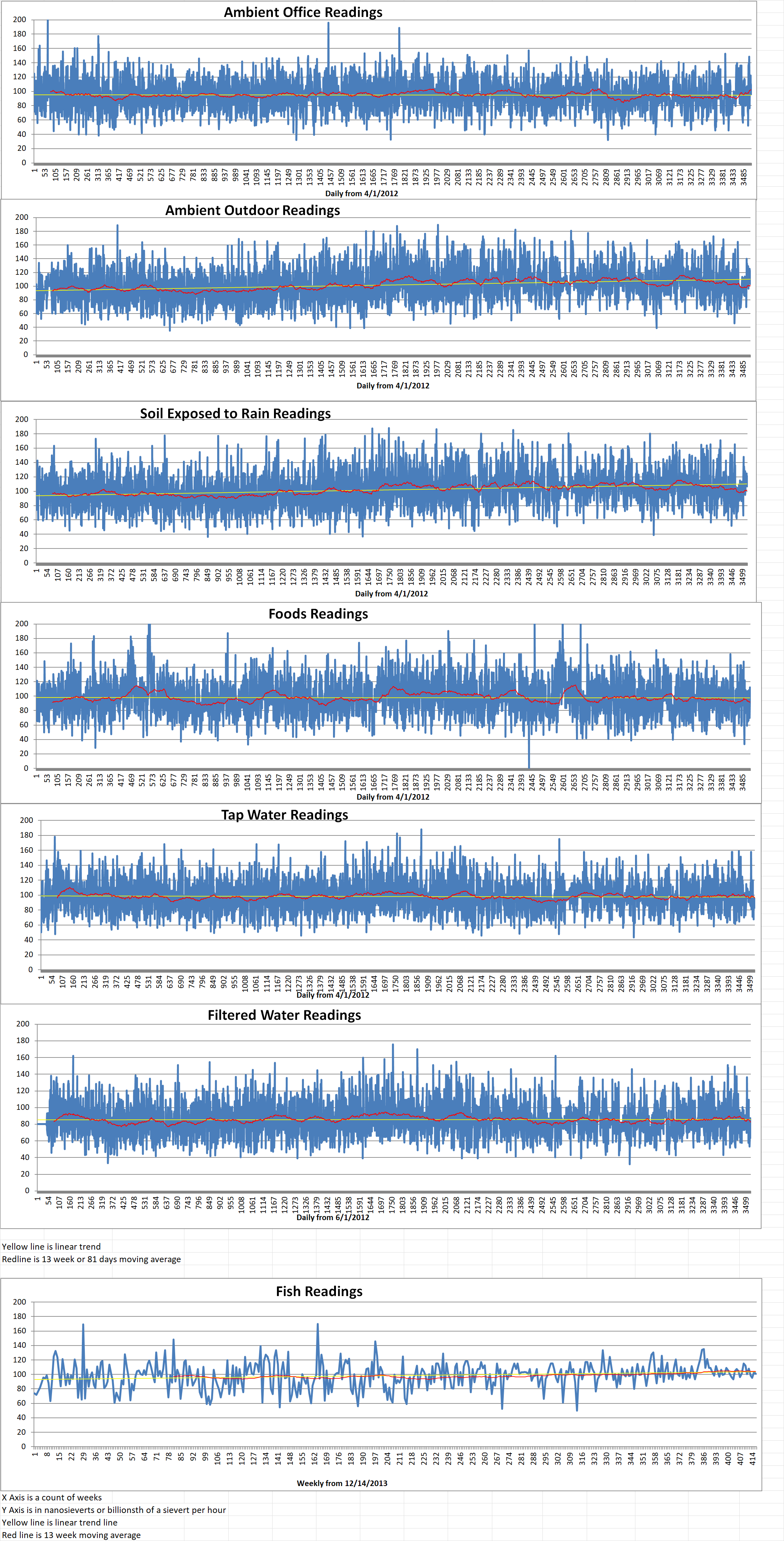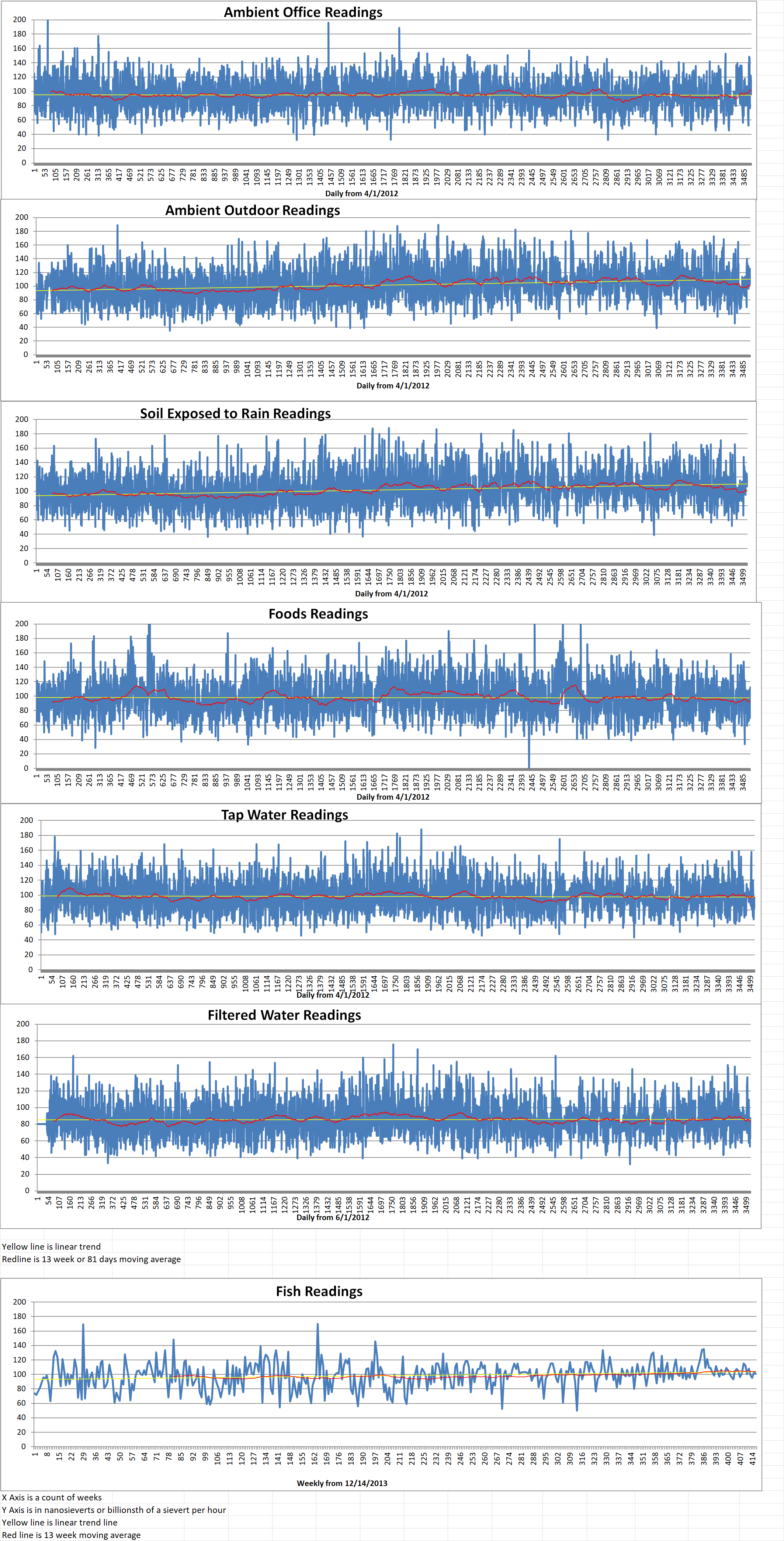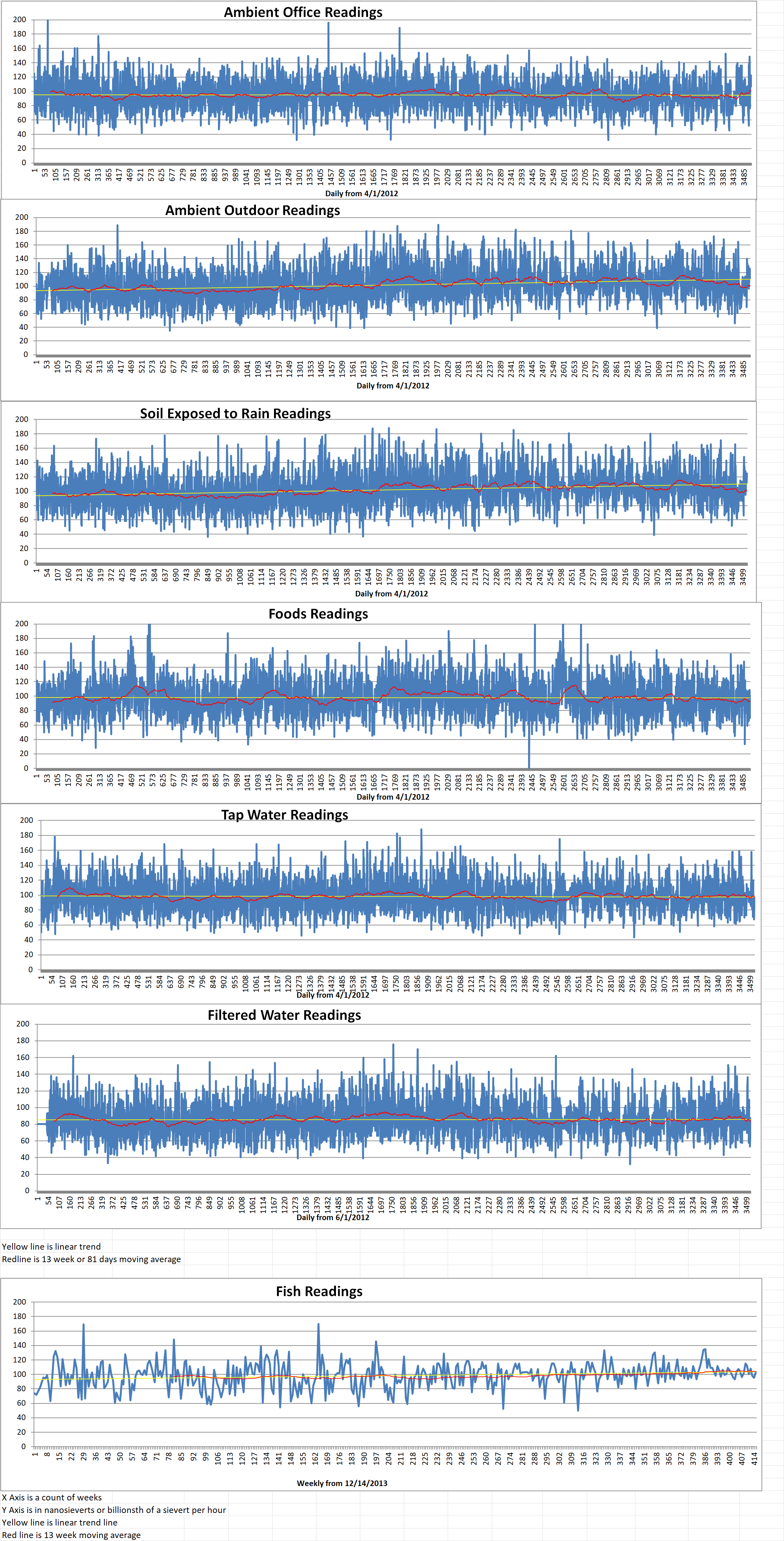Part 2 of 2 Parts (Please read Part 1 first)
The DeepMind AI was able to autonomously learn how to create these plasma shapes by manipulating the magnetic coils both in the simulation and in the real tokamak. Fasoli says that this represents a “significant step.” It could influence the design of future tokamaks or even speed up the journey to viable fusion reactors. Yasmin Andrew is a fusion specialist at Imperial College London who is not involved in the DeepMind project. He said, “It will be interesting to see if they can transfer the technology to a larger tokamak.”
The study of nuclear fusion offered a particular challenge to DeepMind’s scientists because the process is both complex and continuous. Unlike turn-based games like Go and Chess, the state of a plasma changes constantly. To make things even more difficult, plasmas cannot be continuously measured. This is called an “under-observed system.”
Jonas Buchli is a research scientist at DeepMind. He said, “Sometimes algorithms which are good at these discrete problems struggle with such continuous problems. This was a really big step forward for our algorithm, because we could show that this is doable. And we think this is definitely a very, very complex problem to be solved. It is a different kind of complexity than what you have in games.”
This is not the first time that researchers have tried to control nuclear fusion with artificial intelligence. Since 2014, Google has been collaborating with fusion company TAE Technologies to apply machine learning to a different type of fusion reactor in order to speed up the analysis of experimental data. Researchers at the Joint European Torus (JET) fusion project in the U.K. have used AI to try to predict the behavior of plasma.
All in all, the collaboration of the Swiss Plasma Center with DeepMind could prove critical as fusion reactors get bigger. Physicists have a good grasp on how to control the plasma in smaller-scale tokamaks with conventional methods. The challenges will only increase as scientists try to make power-plant-sized versions viable. Progress has been slow but steady. Last week, the JET project made a breakthrough. It set a new record for the amount of energy extracted from a fusion project. Work continues on the ITER project in France. It will be the world’s largest experimental fusion reactor when it goes operational in 2025.
Dmitri Orlov is an associate research scientist at the Center for Energy Research in San Diego. He said, “The more complex and high performance the tokamak, the greater the need to control more quantities with higher and higher reliability and accuracy. An AI-controlled tokamak could be optimized to control the transfer of heat out of the reaction to the walls of the containment vessel and prevent damaging “plasma instability”. The reactors could be redesigned to take advantage of the tighter control offered by the reinforcement learning.
Fasoli says that the collaboration with DeepMind could allow fusion researchers to push the boundaries and accelerate the long journey towards fusion power. He said, “AI would enable us to explore things that we wouldn’t explore otherwise, because we can take risks with this kind of control system we wouldn’t dare take otherwise. If we are sure that we have a control system that can take us close to the limit but not beyond the limit, we can actually explore possibilities that wouldn’t otherwise be there for exploring.”






